Abraham's Well in Be'er Sheva | An Awesome Visit
This week, I visited Abraham's Well in Be'er Sheva, Israel. Let me share with you my fascinating experience including interesting facts I learned and photos I took!
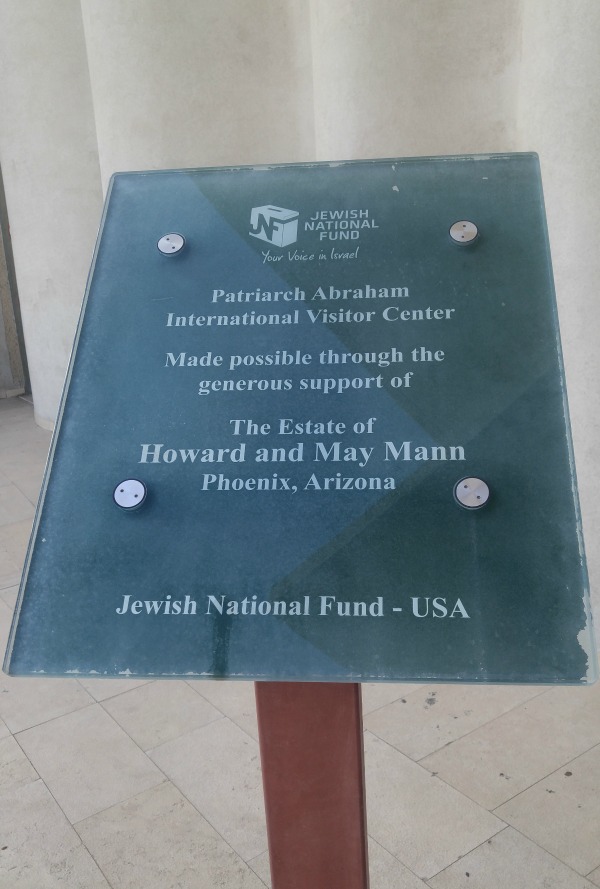
What to do when in Be'er Sheva, Israel? Visit Abraham's Well. It's a no brainer - the name of the city itself is derived from Abraham's Well.
I thoroughly enjoyed my visit to the Abraham's Well International Visitor Centre on Thursday the 22nd of March 2018 . Although I also spent time visiting more famous sights in Israel this week, my visit to Abraham's well was just as inspirational and impacting as some of the more popular destinations.
So the tour was about 45 minutes.
One of the first things we discussed was the origin of the name, Be'er Sheva. In Hebrew, sheva means seven, so people often think that this means there are seven wells in Be'er Sheva. However, this isn't the case - according to the tour guide there are over 35 wells in that area.
The word "be'er" in Hebrew means "well", while the word sheva has the same root as the word "shvu'a", which means "oath". Therefore, Be'er Sheva or Be'er-she'ba refers to the oath that Abraham made with Abimelech in Genesis 21:31. Be'er Sheva then means "well of the oath".
It is also interesting to note that as part of the oath, Abraham gave Abimelech seven female lambs. An additional meaning of Be'er Sheva is "well of seven", which in this case may refer to seven lambs rather than seven wells.
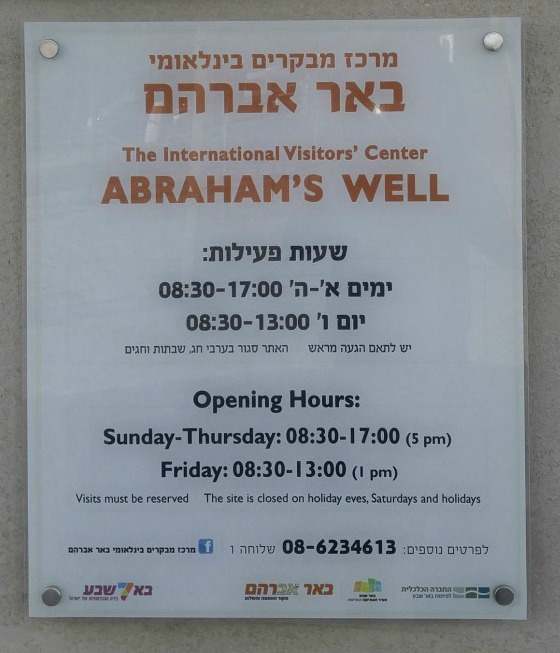
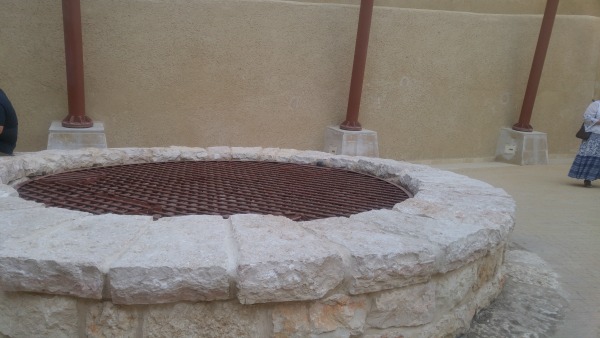
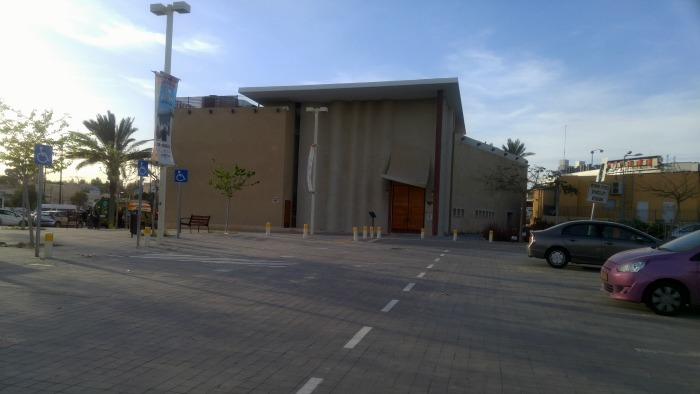
Soon after Abraham dug a well in Be'er Sheva, he planted a tamarisk tree there. It was incredibly interesting to hear the significance of this tree explained during the tour.
Why did Abraham plant a tamarisk tree in particular?
It is because tamarisk trees have long roots that absorb salt from the ground. When a tamarisk is planted near a water source, it makes the water source salt-free and sweeter. In Be'er Sheva, the water is very salty and needs to be purified before drinking. So it made a lot of sense for Abraham to plant a tamarisk near the well he dug.
Interesting, isn't it?
The tour also had a lot of interesting insights on the kind of person Abraham was as well as his journey around the Middle East.
Here are a couple of golden nuggets I also gleaned from the tour:
Be'er Sheva was a central place in the land. People travelling around the country would often pass through Be'er Sheva, whether they were going from north to south or the other way round.
Be'er Sheva would have been a great location to show hospitality. Abraham would have the opportunity to offer food and a place to stay to merchants and others travelling through that desert area. This could save lives. Moreover, Abraham would get the chance to tell others about his belief in God while entertaining them at his home.
Back in Abraham's day, a well was a sign of power and authority over a portion of the land. Moreover, a well was a place of social activity. People would meet at the well to hear news, meet up with friends and do business. In Abraham's day, people would even meet their future marriage mates at the well. Some examples of couples meeting at a well are Issac and Rebekah, Moses and Zipporah as well as Jacob and Rachel.
Learning this information helped bring some context into why Abraham may have settled in Be'er Sheva and the role that a well played in his day.
I won't give away everything from the tour, but I learned a lot and found the experience very enriching. I would absolutely recommend a trip to Abraham's Well International Visitor Centre in Be'er Sheva if you get a chance.
Been there or want to go? Let me know down in the comments section.
Thanks for reading!
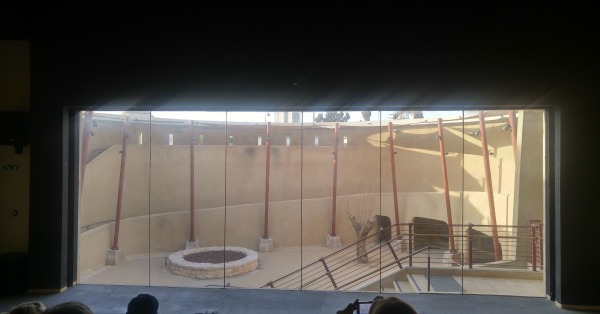
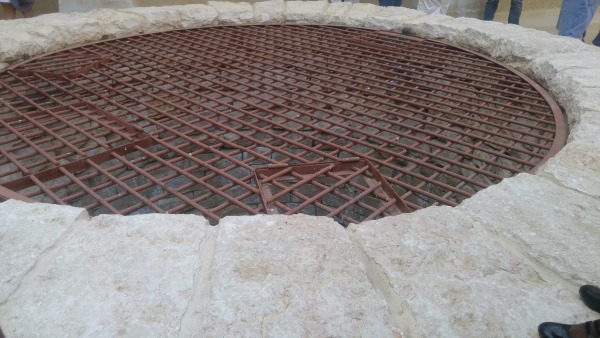
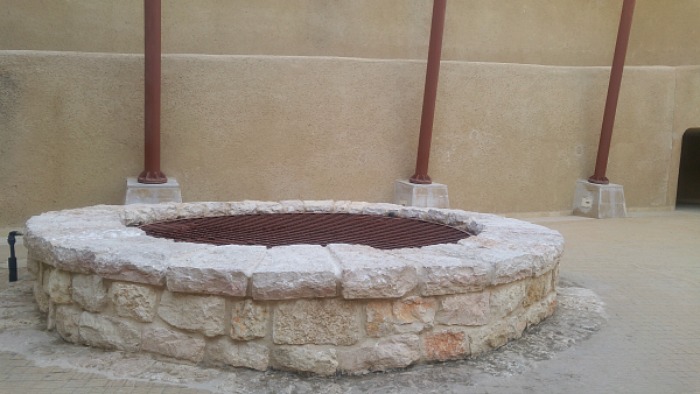
Thanks for reading! If you liked this content, share with a friend:
Recent Articles
-
5 Small Gestures That Matter More Than “I Love You”
Dec 26, 25 07:37 PM
Small, consistent actions often reveal more love than words. Here are 5 subtle gestures that matter more than “I love you”. -
11 Best Gifts for Psychology Majors That Will Delight and Amuse
Dec 07, 25 01:46 PM
Looking for the perfect psychology-themed present for a college student or therapist? Here is a roundup of the best gifts for psychology majors. -
15 Best Gifts for High Maintenance Women and Self-Care Queens
Nov 24, 25 06:49 PM
What do you buy a lady who is already accustomed to a lavish lifestyle? Here are ideal gifts for high maintenance women who never settle for less than the best.





New! Comments
Have your say about what you just read! Leave me a comment in the box below.